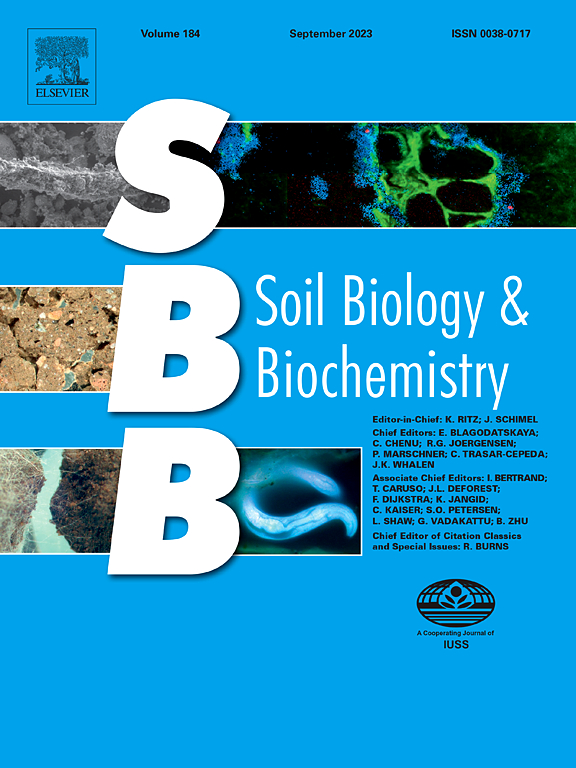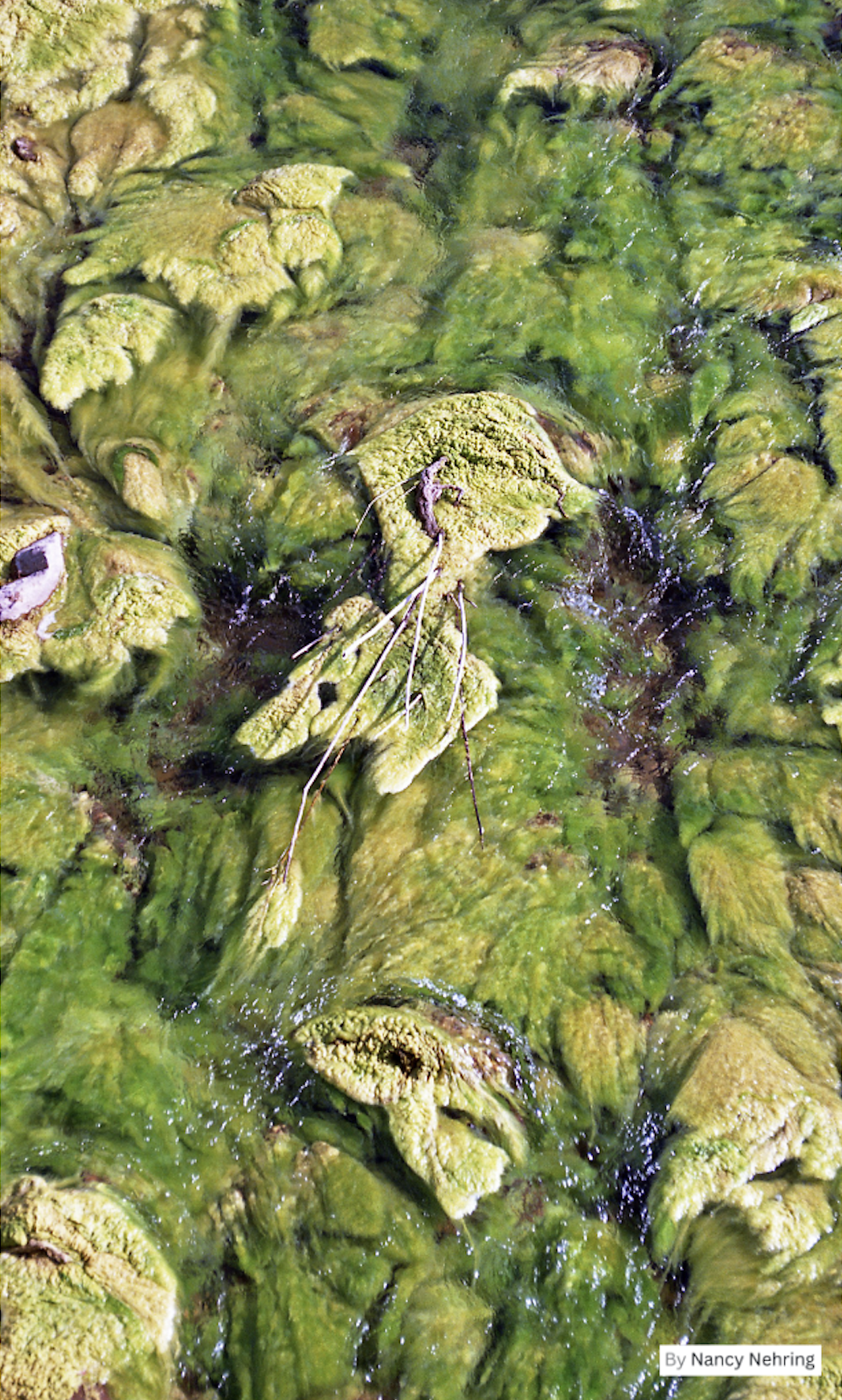Nitrogen addition increases the glucose-induced priming effect of the particulate but not the mineral-associated organic carbon fraction
Yunyun Zheng, Jian Jin, Xiaojuan Wang, Gary J. Clark, Ashley Franks, Caixian Tang. 2023 “Nitrogen addition increases the glucose-induced priming effect of the particulate but not the mineral-associated organic carbon fraction.” Soil Biology and Biochemistry, 184. DOI: 10.1016/j.soilbio.2023.109106
Nitrogen availability affects the mineralization of soil organic matter differently depending on soil type and soil layer. It is unknown whether such differences result from different responses of individual carbon fractions to N supply. This study examined the priming effect (PE) on the decomposition of particulate organic matter (POM) and mineral-associated organic matter (MAOM) fractions in response to N addition. Two soils, one from a woodland and the other from a cropland, were fractionated to obtain two POM fractions differing in C:N ratio and two MAOM fractions differing in mineral C protection. Two fractions of each soil were incubated for 14 days after the initial supply of 13C-glucose and Ca(NO3)2 at 0, 20 and 60 mg N kg−1. Glucose addition induced a stronger PE per unit soil organic C in the MAOM than POM, particularly in the woodland soil (6.2 vs. 0.8 mg C g−1 C). The glucose-stimulated increases in the abundances of bacteria, fungi, and four functional genes (LMCOs, ureC, npr and chiA) were also larger in the MAOM than POM. The PE was similar in the MAOM (C:N 11.6–12.4) from the two soils and was not affected by N addition. By contrast, N addition increased the PE in the POM (C:N 21.6) of the woodland soil (e.g., by 7-fold at 60 mg N kg−1), along with marked increases in the abundances of fungi, the four functional genes, and the ratio of fungi to bacteria. Compared with the woodland soil, the addition of 60 mg N kg−1 to the POM of the cropland soil (C:N 16.9) stimulated the PE to a lesser extent (by 30%). These results suggest that N input may have a greater potential in stimulating the PE in soils with a higher proportion of POM with a greater C:N ratio.




